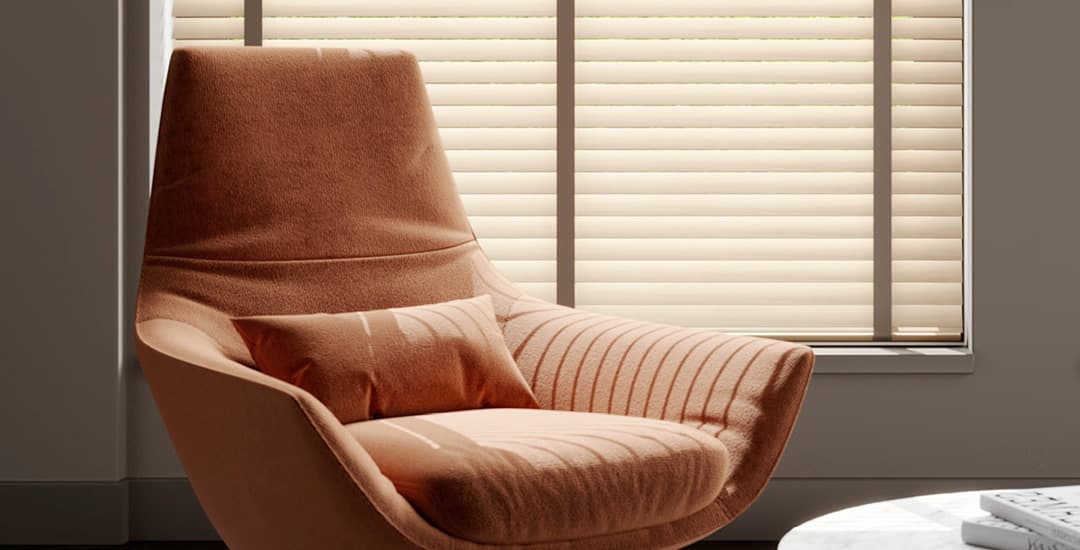
The price, appearance, feel, and even sound the blinds make will all let you know whether or not a blind is made of real wood; but today’s modern faux-wood blinds are designed to look and even feel very similar to real wood, and so you might find it hard to tell if you don’t have any point of comparison!
This blog post will tell you all of the ways you can tell you if blinds are made from real wood or not, whether you’re looking to find out about blinds in your own home (which may have been in situ when you moved in) or if you want to know what sort of interiors choices next door made in their redecoration!
How can you tell if blinds are real wood based on their appearance?
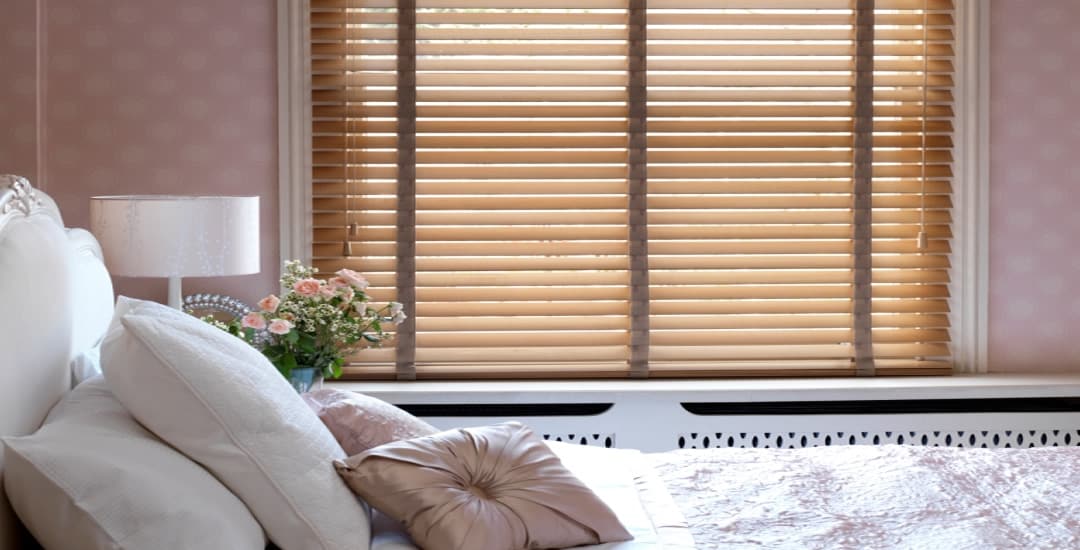
Appearance alone is probably the worst way to try to tell a real wood blind from a faux-wood one, because modern faux-wood blinds can be made to be almost indistinguishable from the real thing.
However, real wood blinds may have some degree of variation in colour across the slats, and there may be other natural variations and imperfections, such as knots. Faux-wood blinds may be grained to appear like real wood, but this will tend to be more uniform than in real wood blinds and totally smooth to the touch, plus the slats will lie perfectly uniformly and straight.
Also, the slats of real wooden blinds are quite fine and narrow, which means that when the blind is opened or raised, they will concertina into a neat, compact stack. Faux-wood blind slats are a little chunkier and wider, so they’ll form a somewhat larger stack when open.
How can you tell if blinds are real wood by touch?

Touch is a more reliable way to tell real wood from faux-wood blinds; even shiny real wood blinds will have a natural kind of texture and depth to the feeling them, and are comparatively warm to the touch, as they absorb heat from the room they’re in.
Faux-wood blinds tend to feel very smooth and potentially, even plastic-y, and may be a shade cooler in temperature as a result.
Can you tell if blinds are made of real wood by the smell?
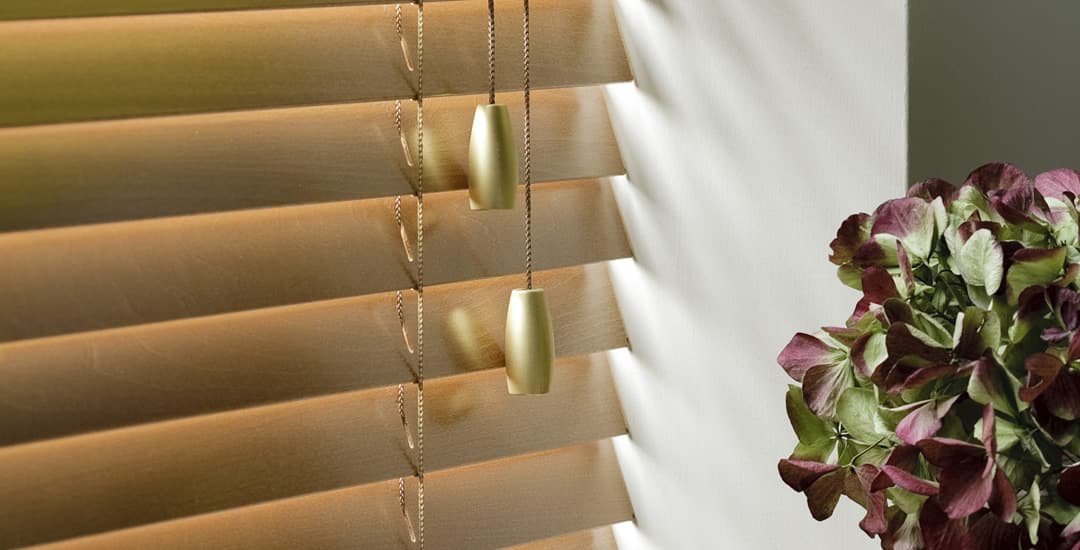
Possibly! Natural wood, even once it’s been treated, will tend to have a natural scent up close. However, this will fade over the longer term, and wooden blinds may also absorb strong or persistent scents from the room they’re in (such as that from a scented diffuser, or from cigarette smoke) which can be an indicator that they’re real in itself.
Faux-wood blinds won’t have any sort of scent of their own, and they don’t pick up scents from the room they’re in either.
How can you tell if blinds are real wood by the sound they make?
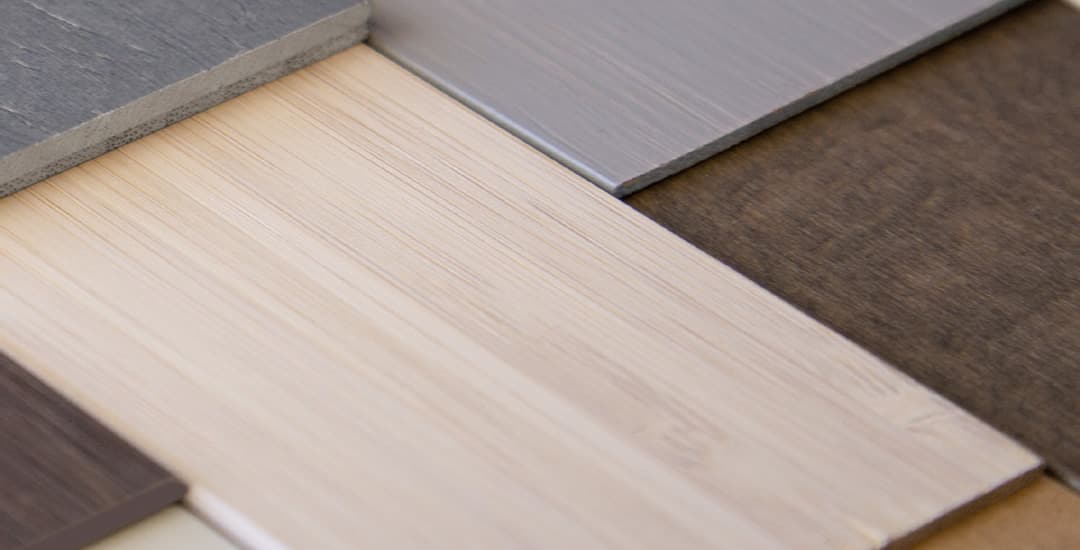
This is the one that takes many people aback! If you tap or knock on the slats of a real wood blind, you’ll get that sort of reverberating hollow sound you would expect from wood. Faux-wood blinds will make a more one-dimensional flat sound, which will usually be more tinny and muted.
A couple of other contextual indicators to look out for too…
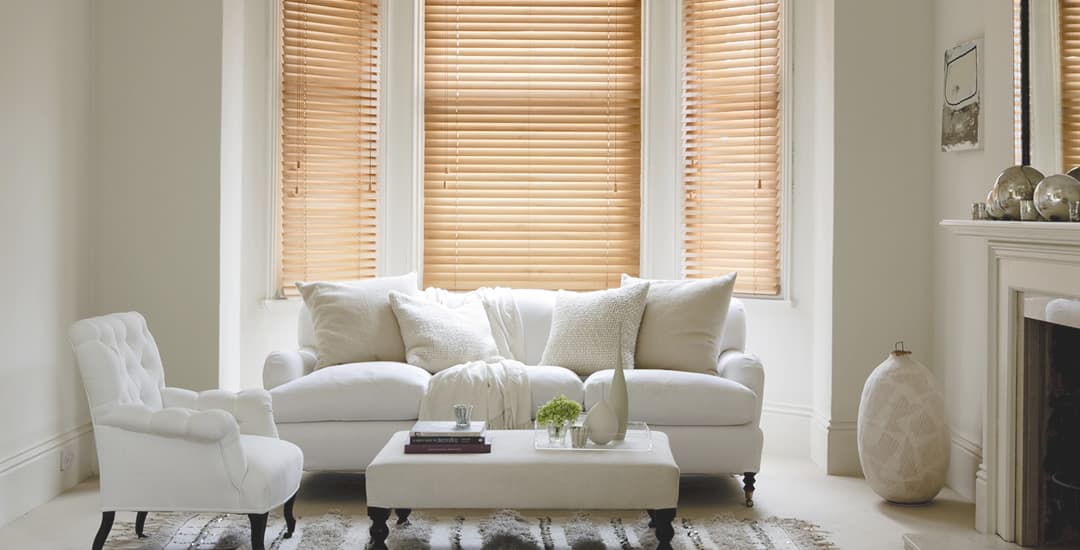
If you’re shopping for blinds either online or in a store and the blinds you’re looking at don’t indicate clearly whether they’re real or faux-wood, the price might give it away. Real wood blinds are almost always a step more costly than faux-wood blinds, in reflection of the cost of the raw materials/foresting and harvesting the wood sustainably, as well as the labour required to turn them into blinds.
Also, the room that the blinds are in can give the game away in some cases! Real wooden blinds aren’t waterproof, and will become damaged over time if used in wet or humid rooms. This means that if you’re looking at blinds in a kitchen or bathroom, these will almost certainly be faux-wood blinds; unless said room is generally very dry and arid.
On the flipside of that, real wooden blinds used in a wet environment might give themselves away over time due to warping or damage caused to the slats due to exposure to humidity or water.




